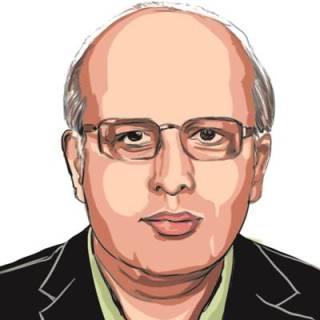The Lab-newsroom disconnect
Media has been wanting in building public interest in science.

I was hoping to time this with the National Science Day, which is celebrated on February 28 to remember C V Raman’s Nobel-winning discovery. But the events since precluded any discussion of science. Even when the prime minister decided to give out the Shanti Swarup Bhatnagar prizes on the day, the news of these most prestigious awards in Indian science barely made it to the front pages of the three newspapers I read.
This should surprise no one. With few exceptions, there is little or poor reporting of science stories in media. The Ramnath Goenka Excellence in Journalism Awards is given out to print and broadcast journalists in 25 categories, but not one is focused on the reporting of science. And this is presented by a media group that does rather well in covering science.
As in previous years, the India Today Annual Policy Conclave 2019 would again bring together thought leaders, all of whom are politicians, business leaders, authors, musicians, sportspersons and Bollywood celebrities. This reveals a mindset that expects science and technology to improve lives, while not one scientist in the country is considered worthy of providing a vision to shape the nation’s future.
Society demands from science magical solutions to its problems. But, there is very little understanding of the scientific process or recognition of scientists. This is like wanting good music without musicians. This problem is mutual. Scientists who populate many of the country’s scientific bodies remain largely oblivious to the need to communicate, participate.
Dorothy Nelkin, the American sociologist best known for her work on science and society wrote that, “for most people, the reality of science is what they read in the press”. Most of us believe what we read about science in the media, which remains an important source of information for the public. Research carried out in laboratories and universities, and reported in scientific journals and conferences, is written about and broadcasted in a form that is easily understood by the public. This reporting informs society and impacts many decisions people make in their daily lives.
With sustained and increasing funding for over two decades, Indian science has grown in both capacity and capability. There is also a surge in science journalism. However, neither has impacted the public understanding of science. Indian science and its academies should be world class, and so should science journalism in India. Unfortunately, just as there is a lot of research that apes the West — the quality of debate in media is low on intellectual thought and analysis.






































No hay comentarios:
Publicar un comentario